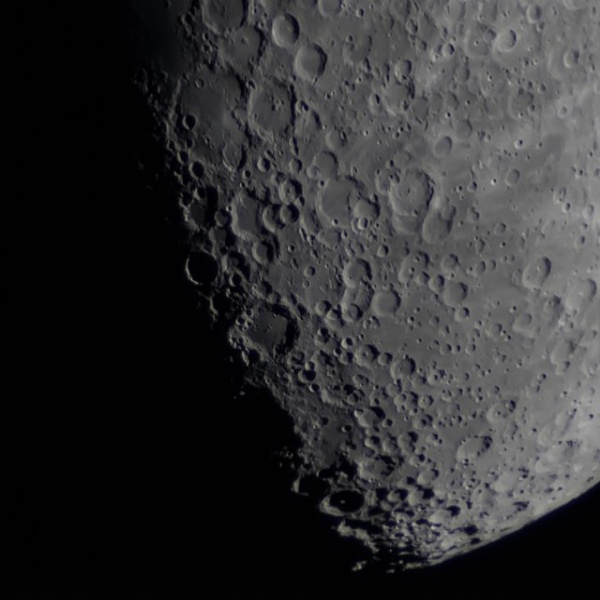The Moon is about to be hit by three tons of space junk – a punch that will carve out a crater that could comfortably accommodate several huge lorries.
The leftover rocket will smash into the far side of the Moon at approximately 5,800mph on Friday, away from Earth telescopes’ prying eyes. It may take weeks or even months to confirm the full extent of the impact through satellite images.
Scientists expect the object to carve out a hole 33ft to 66ft across and send moon dust flying hundreds of miles across the barren, pockmarked surface.
Low-orbiting space junk is relatively easy to track. Objects launching deeper into space are unlikely to hit anything and these far-flung pieces are usually soon forgotten, except by a handful of observers who enjoy playing celestial detective on the side.
This particular rocket has been tumbling haphazardly through space for years. Experts believe it was originally launched by China nearly a decade ago. However, Chinese officials are dubious it is one of theirs.
SpaceX originally took responsibility for the lunar litter after asteroid tracker Bill Gray identified the collision course in January. He corrected himself a month later, saying the “mystery” object was not, as he first thought, a SpaceX Falcon rocket upper stage from the 2015 launch of a deep space climate observatory for Nasa.
Gray said it was most likely to be the third stage of a Chinese rocket that sent a test sample capsule to the Moon and back in 2014. Chinese officials maintain that the upper stage had re-entered Earth’s atmosphere and burned up.
There were two Chinese missions with similar designations – the initial test flight and also 2020′s lunar sample return mission – and US observers believe the two are getting mixed up.
Earlier this week, the US Space Command, which tracks lower space junk, confirmed that the Chinese upper stage from the 2014 lunar mission never deorbited, as previously indicated in its database.
However, it could not confirm the country of origin for the object about to strike the Moon. “We focus on objects closer to the Earth,” a spokesman said in a statement.
Jonathan McDowell, of the Harvard and Smithsonian Centre for Astrophysics, supports Gray’s revised assessment, but noted: “The effect will be the same. It’ll leave yet another small crater on the Moon.”
The Moon already bears countless craters and with little to no real atmosphere, the heavenly body is defenceless against a constant barrage of meteors and asteroids, as well as the occasional wayward spacecraft, including a few intentionally crashed in the name of science. With no weather on the Moon, there is no erosion and so impact craters last forever.
Tracking deep space mission leftovers like this is hard, McDowell said. The Moon’s gravity can alter an object’s path during flybys, creating uncertainty, and there is no readily available database, aside from the ones “cobbled together” by himself, Gray and a couple of other space enthusiasts.
“We are now in an era where many countries and private companies are putting stuff in deep space, so it’s time to start to keep track of it. Right now there’s no-one, just a few fans in their spare time,” he said.
The burgeoning sea of space junk erratically orbiting Earth is increasingly becoming a serious problem. Already, over 23,000 objects the size of a tennis ball or larger are tracked constantly to detect potential collisions with satellites and the ISS.
Source: E&T










